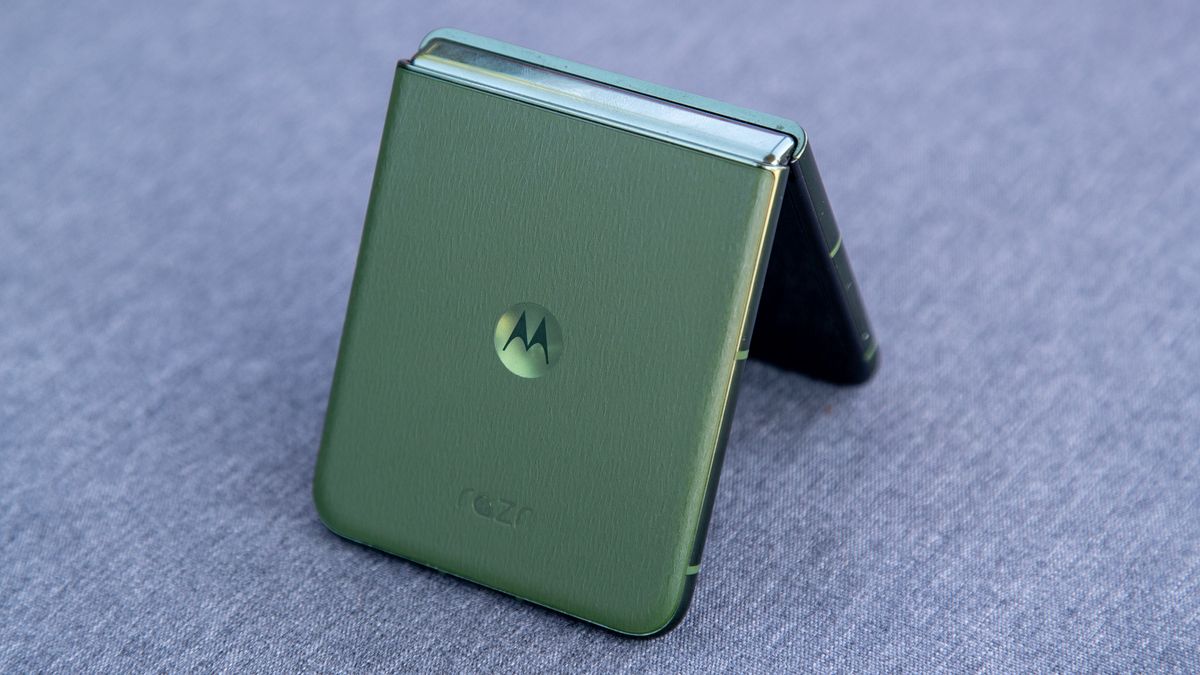Plugging in your phone before bed and letting it charge up overnight is a nightly ritual for many of us. But it’s actually better for long-term battery health if you’re not hitting 100 percent every recharge.
With that in mind, phone makers have started to add tech that manages battery charging more carefully. In the case of Android handsets, that means being able to get custom alerts at certain charging points, such as 80 percent.
You’ve got a few different options, depending on the make and model of your phone. We’ll concentrate on Google Pixel and Samsung Galaxy phones, but if you have another type of handset, there might well be something similar you can do. You can also set up 80 percent charging on your iPhone.
The science of not charging your phone fully
It’s perfectly safe to keep your phone charged up to 100 percent every time you connect the charger, and you’re not going to break it or cause an explosion. But because of the way lithium-ion batteries work, in terms of their long-term health, something around 80-85 percent is the sweet spot when it comes to getting the most out of them.
Essentially, it’s just a process of chemical aging, and it’s something Samsung, Apple, and others all talk about when it comes to their gadgets. If you’re still charging a phone when its battery is already at capacity, it’s a little bit like pouring more water on an already saturated sponge, and it means the battery is going to wear out faster.
The role of a battery is to store electrical energy as chemical energy until it’s ready to be used as electrical energy again, and modern-day gadgets use rechargeable batteries that can be reused many times over (imagine having to replace the battery on your smartphone every time it died). However, that recharging capability gradually degrades over time.
The transfer of energy from battery to smartphone and back again is mostly managed by electrons, and stopping your phone from charging up fully (or discharging completely) too regularly reduces some of the ‘stress’ on the electrons. Ultimately, it means more of the energy that the battery stores makes it over to your phone.
As the years have gone by, lithium-ion batteries and the phones they’re attached to have become better at managing this stress themselves, and limiting its impact. However, there are still steps you can take to keep your phone battery in a healthier state for a longer period of time–and limiting full charges is one of those steps.
The setup

If you’re on a Pixel phone, open Settings then tap Battery and Adaptive Charging. Enabling this feature means your phone will learn from your routine, and only fully charge the battery when you really need it (on days when you typically go the whole day or longer without a recharge, for example).
On Galaxy phones, if you select Battery and then Battery protection from Settings, you’ll see there’s the same Adaptive option. You can also pick Maximum, which means your phone will never charge above the 80 percent limit—so bear that in mind when deciding when to switch to this mode.
Another option on Galaxy phones is to keep your phone charging as normal, then get an alert to tell you when it’s reached 80 percent – so you can decide whether or not to continue charging. To get started, open Settings, then tap Modes and Routines. Tap on the + (plus) button in the top-right corner to create a new routine.
Pick Battery level as the trigger, and set the routine to activate when the level reaches 80 percent or above. For the action to take, choose Notifications and Show custom notification—you can then create your own alert to sound when your phone gets up to the 80 percent level. You can also just have a chime ring via Sounds and vibrations.
This option to set a routine is exclusive to Samsung Galaxy phones. If you’re on a different Android handset, you can try an app like the free Battery Guru from the Play Store: Pick Battery info from the main screen, then Battery level alarm, and you can get alerts for when specific charging levels have been reached on your handset.













/https://tf-cmsv2-smithsonianmag-media.s3.amazonaws.com/filer_public/34/31/3431771d-41e2-4f97-aed2-c5f1df5295da/gettyimages-1441066266_web.jpg)

.jpg)




Discussion about this post